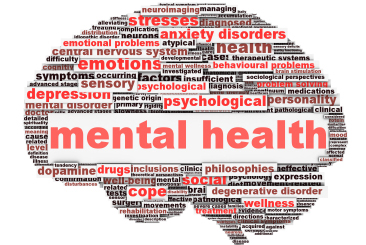Suicide is among the top ten leading causes of death. Over 30,000 Americans take their own lives each year, or about 85 each day. While Americans fear being murdered more than dying by their own hand, the suicide rate is currently double the murder rate.
Sociological analysis of suicide has stressed Durkheim’s (Suicide, 1897/1966) concept of social integration. Bonds or the subordination of the individual to society is thought to provide meaning and prevent selfishness or ”egoism.” Groups lacking in ties to society are expected to be at higher than average risk of suicide.
FAMILY INTEGRATION
Marriage and parenting provide a set of responsibilities to spouse (e.g., giving and receiving emotional support) and children. Both act as protections against excessive self-involvement. A review of 132 studies found strong support for this thesis in 77.9 percent of the findings. For example, in Austria, the suicide rate of divorced persons is 4.22 times higher than the suicide rate among married persons. Also, divorce rates are the best predictor of suicide rates in the 50 states in the United States for all census years.
RELIGION AND SUICIDE
Religious beliefs and practices tend to be associated with lower suicide risk. A belief in a blissful afterlife can give persons encountering stressful life events (e.g., divorce, unemployment, death of a loved one) the strength and courage to persevere. Further, friends from church (coreligionists) may provide emotional and material support for suicidal individuals. A review of 162 studies found that 87 percent contained evidence that religion protects against suicidality.
ECONOMIC STRAIN AND SUICIDE
Most research has found that lower status persons have higher, not lower, suicide rates. For example, data for the USA indicate that laborers have a suicide rate of 94.4 suicides per 100,000, 8 times the national suicide rate. The high suicide rate of lower class persons is partly a consequence of associated high rates of mental troubles, alcoholism, and family disruption.
Unemployment can influence suicide by affecting suicide risk factors such as lowering household income, self esteem, work-centered social networks, and increasing depression levels. For example, in Austria the suicide rate for the unemployed was nearly 4 times that for the general population.
MEDIA AND SUICIDE
The last major research focus concerns media effects. From news and other coverage of suicide, depressed people may learn that there are troubled individuals who commit suicide in response to life’s problems. Imitation effects have been documented in many studies. For example, during the year of publication of Final Exit, a guide recommending suicide through asphyxiation for the terminally ill, there was an increase of 313 percent in suicide by this method in New York City. A copy of Final Exit was found at the scene of 27 percent of these suicides.
Widely publicized suicides are most likely to trigger copycat suicide if the model is a celebrity, someone with whom many people identify. Studies of the suicides of entertainment or political celebrities are 14 times more likely to find a copycat effect than studies of ordinary suicides. When famous movie stars commit suicide, there are, on average, 217 additional suicides during the month of news coverage of their suicide.
Reference:
Stack, S. (2003) Media as a risk factor in suicide. Journal of Epidemiology and Community Health 57: 238-40.






